3-in-1 transformer testing system MICROTEST 626X+7605+7721 (Low Voltage+Safety+Impulse)
Price: Contact
| Model | 626X+7605+7721 |
| Manufacturer | MICROTEST |
| Power supply | 98Vac-132Vac or 195Vac-264Vac |
| Weight | 9 - 15 Kg |
| Size | 435x190x522 mm |
| Condition | Stocking |
| Warranty | 12 months |
3-in-1 transformer testing system MICROTEST 626X+7605+7721 (Low Voltage+Safety+Impulse) offers 20 testing channels and integrates low-voltage testing (including inductance, leakage inductance, resistance, capacitance, etc.) with AC/DC withstand voltage insulation testing (up to 5000V/6000V).
MICROTEST 626X+7605+7721 ensures efficient and convenient testing for transformer products.
I. Specification of Transformer test system 3-in-1 MICROTEST 626X+7605+7721
3-in-1 transformer testing system MICROTEST 626X+7605+7721 is a comprehensive solution that combines low-voltage electrical characteristics testing and safety compliance testing/Impulse Winding testing.
The impulse winding test uses non-destructive high-voltage pulse testing technology. It analyzes the damping attenuation waveform generated by L/C resonance to detect short-circuit defects between transformer coils or insulation layers.
To measure the inductance value of a transformer, you can use an LCR meter, which offers selectable test frequencies including 200kHz, 500kHz, and 1MHz. It supports software that allows connection to a PC, enabling the storage of test data.
- Low Voltage Electrical Test
- Hi pot/ Insulation Test
- Impulse Test (Layer Short Circuit)
- 20 Channels
- Test Frequency (200k/500k/1MHz)
- AC Voltage Output 5000V
- DC Votage Output 6000V
- Insulation Resistance 12000MΩ
- One-stop test solution (Low Voltage + High Voltage Test Function).
II. Main features of 3-in-1 transformer testing system MICROTEST 626X+7605+7721
MICROTEST 626X+7605+7721 3-in-1 (Low Voltage Electrical Test + Hi pot/ Insulation Test + Impulse Test):
- All-In-One Low Voltage Electrical Test: Inductance (L)/Leakage Inductance/Turn Ratio/Resistance (DCR)/Resistance (R)/Balance/Capacitance (C)/Short Circuit.
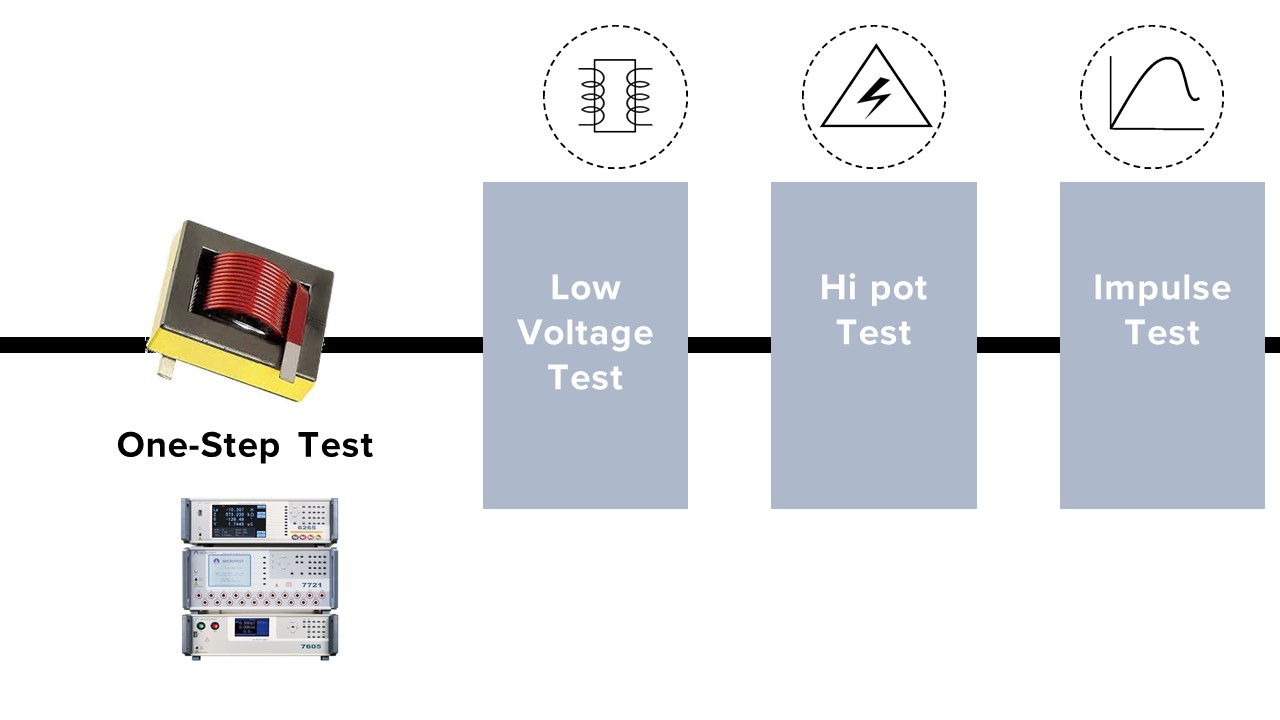
Automatic Balancing Bridge & 4-Wire DCR Test (DC Resistance):
- Check if the winding tension is improper for Transformer.
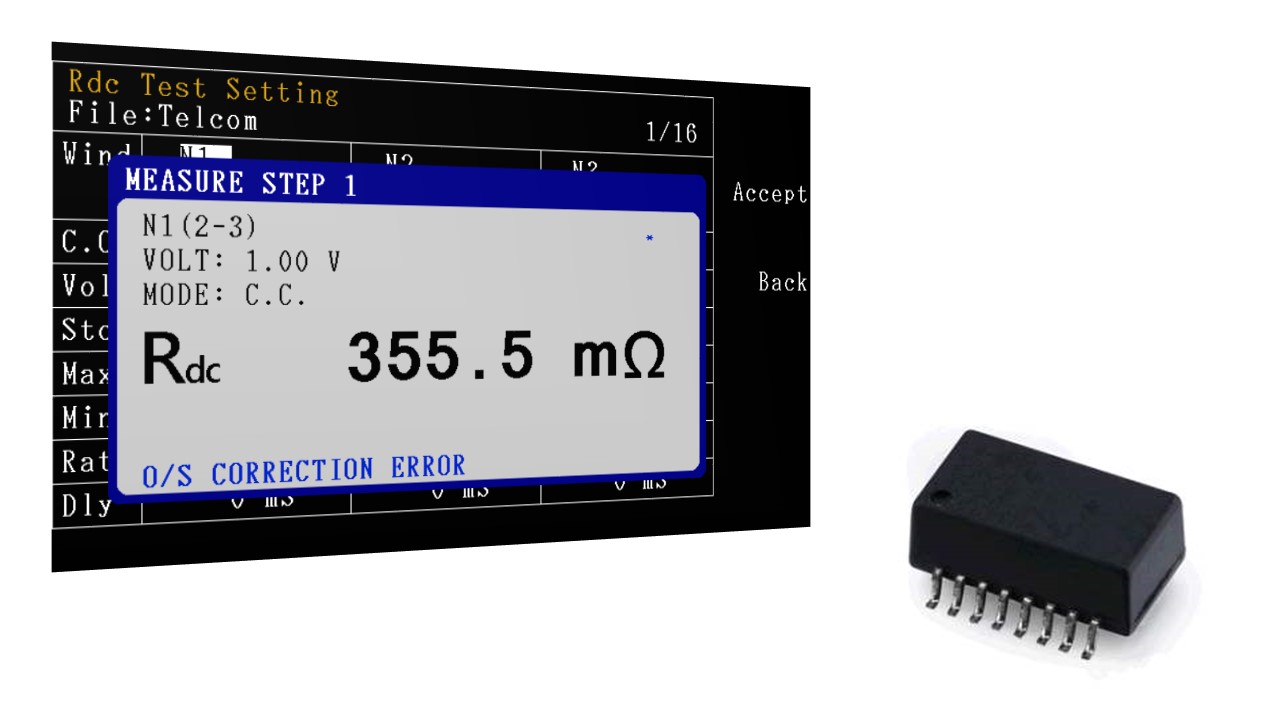
Turns ratio is an important parameter in transformer:
- Ideally, we can get the turns ratio by compare the input and output voltage. However, there are many parameters that might affect. So, there are some different ways to detect turns ratio.
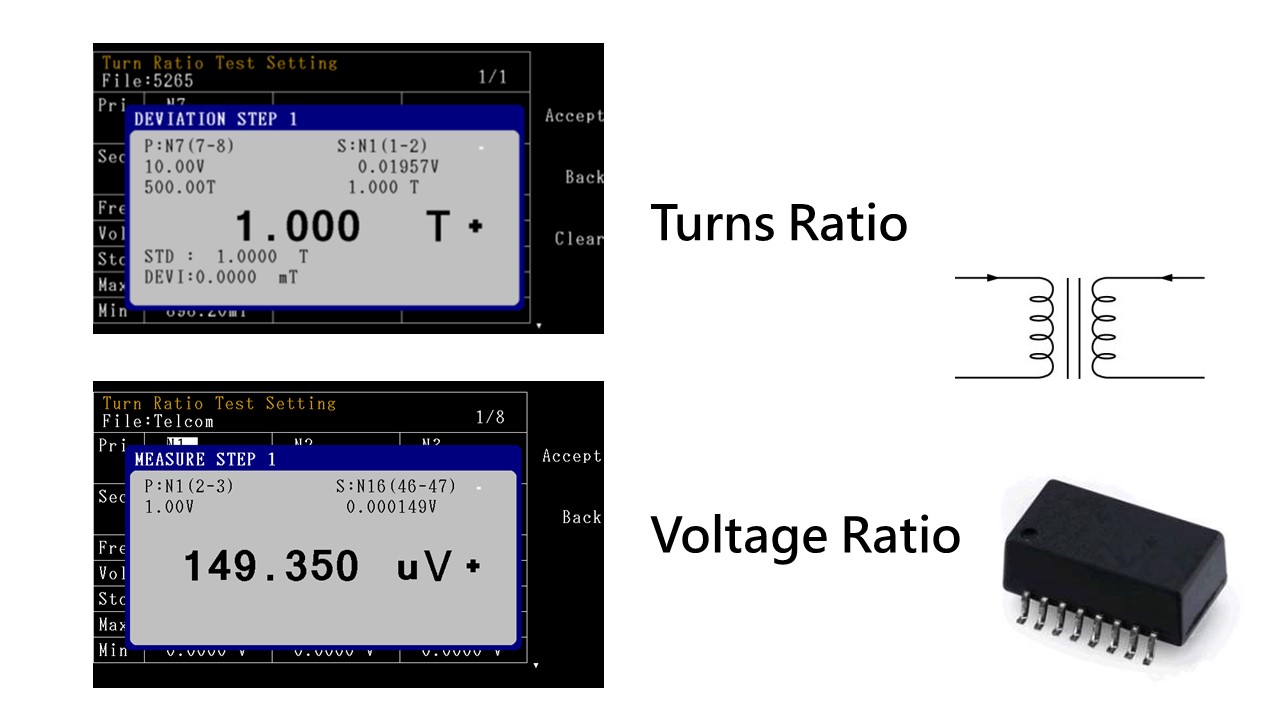
|
TR Voltage |
Put a AC voltage on primary coil, and detect the voltage on secondary coil. Compare the turns ratio and phase. |
|
TRL Inductance |
Detect the inductance on each coil, and calculate the turns ratio. The turns ratio is more accurate on transformer with bigger leakage inductance. |
Detect capacitance to make sure the insulation between winding position and winding coil is enough:
- The winding coil on the transformer include distributed capacitance, it usually distribute between winding coil.
- Capacitance is usually represented by the capacitance by one winding to another winding in an equivalent circuit.
- Cs and Cp is an equivalent capacitance in series or parallel in equivalent circuit.
- D value is the ratio with AC resistance and capacitance, The lower the D value, is better.
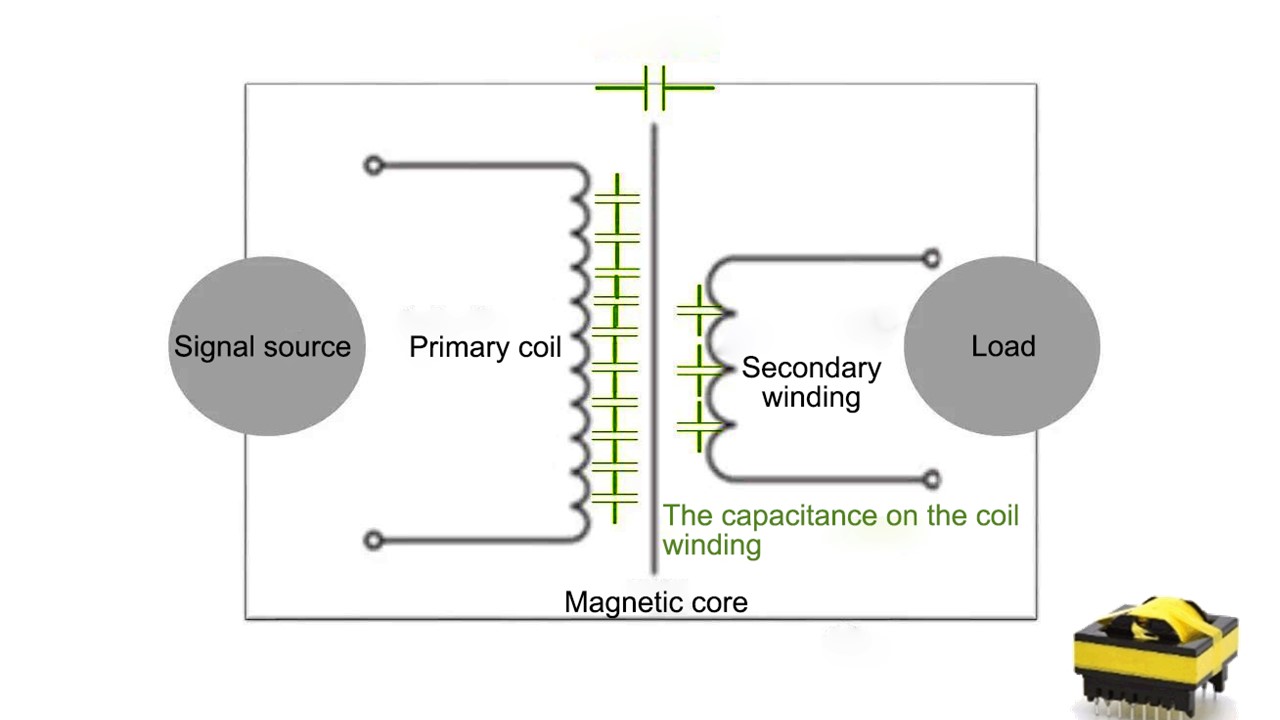
Test leakage by LCR balance bridge:
- When the instrument connect a primary coil with the transformer and the secondary coil is under open status, the test result L= Lp on primary coil + Leakage Current.
→ The leakage inside the instrument must short the secondary coil in the transformer.
A ideal secondary coil’s voltage will be 0V in short status. The voltage on both side of primary coil will be 0V. The inductance from primary coil will be the real leakage current.
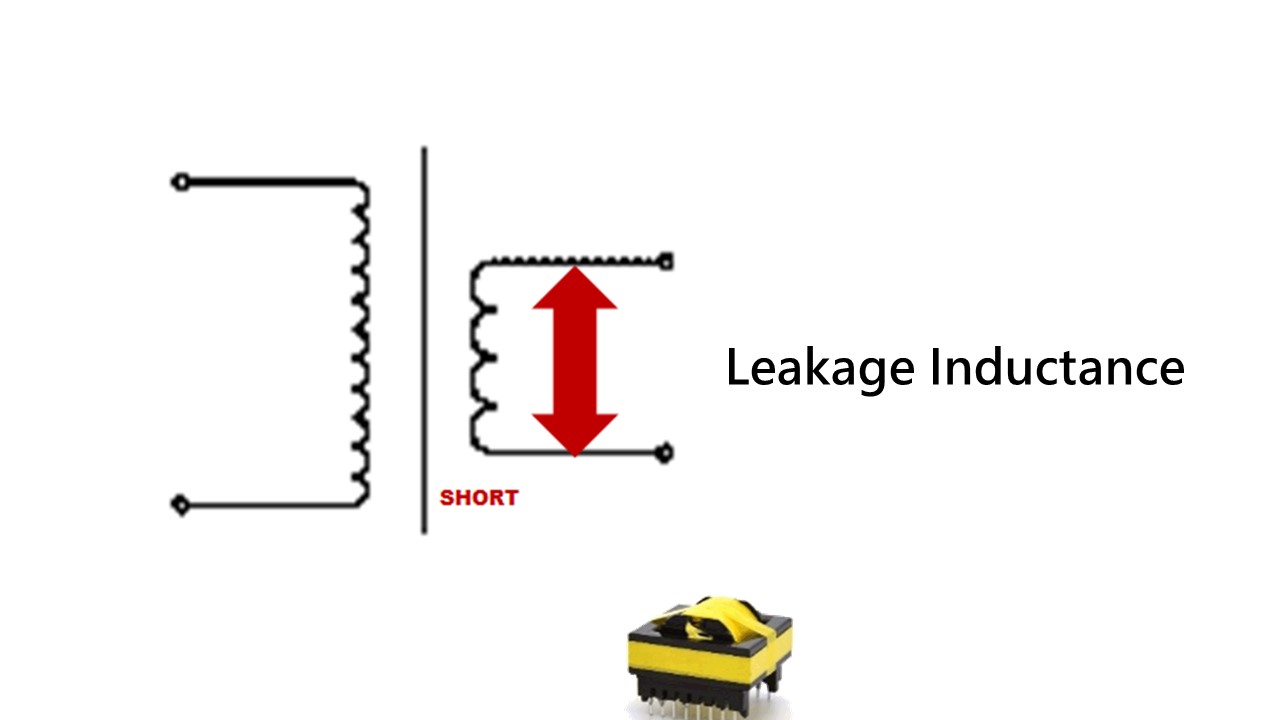
Impulse test:
- The transformer may have partial discharge under high voltage/current that could penetrate the insulation cover:
- Short time hipot testing is not able to detect the real life time of transformer, so, the impulse test is necessary.
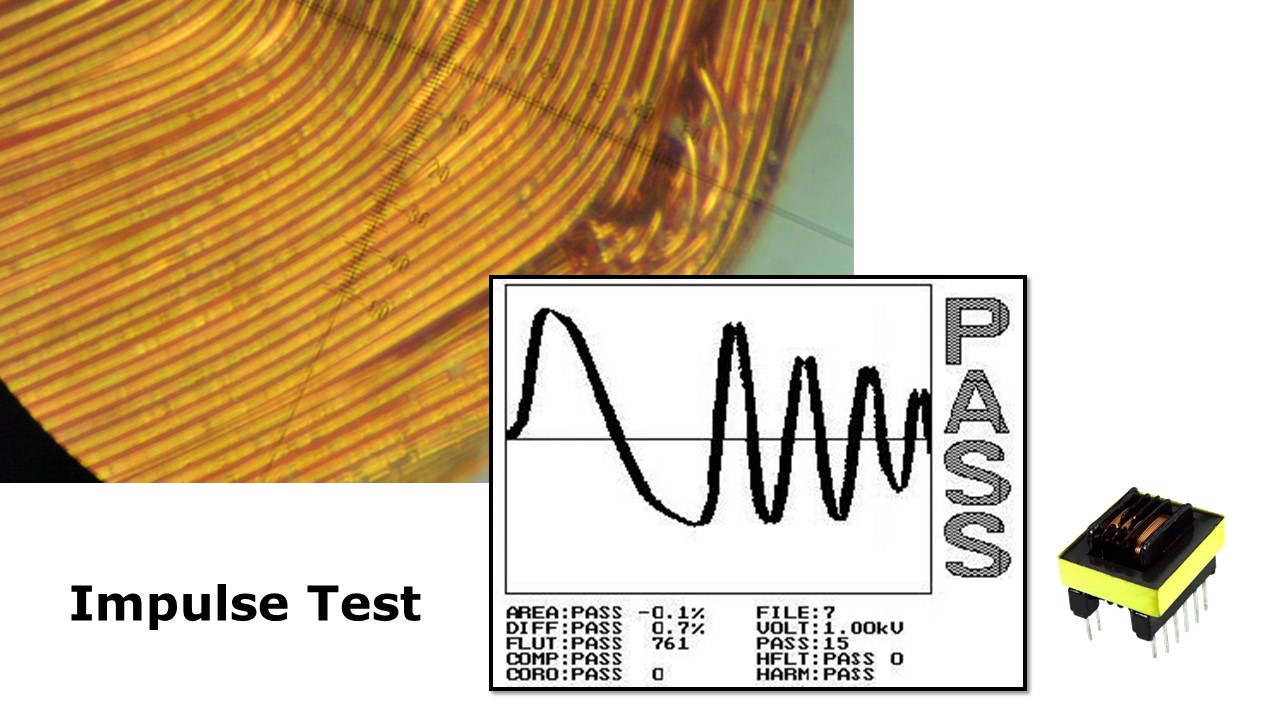
Why do we need to do the impulse test?
- Recently, the voltage on the electronic product is increasing. The partial discharge may happen under instant high voltage/current leaking. This may cause the penetration on the wire.
- Short time withstanding test is not able to detect the product life of transformer. So, the inspection of impulse test is necessary.
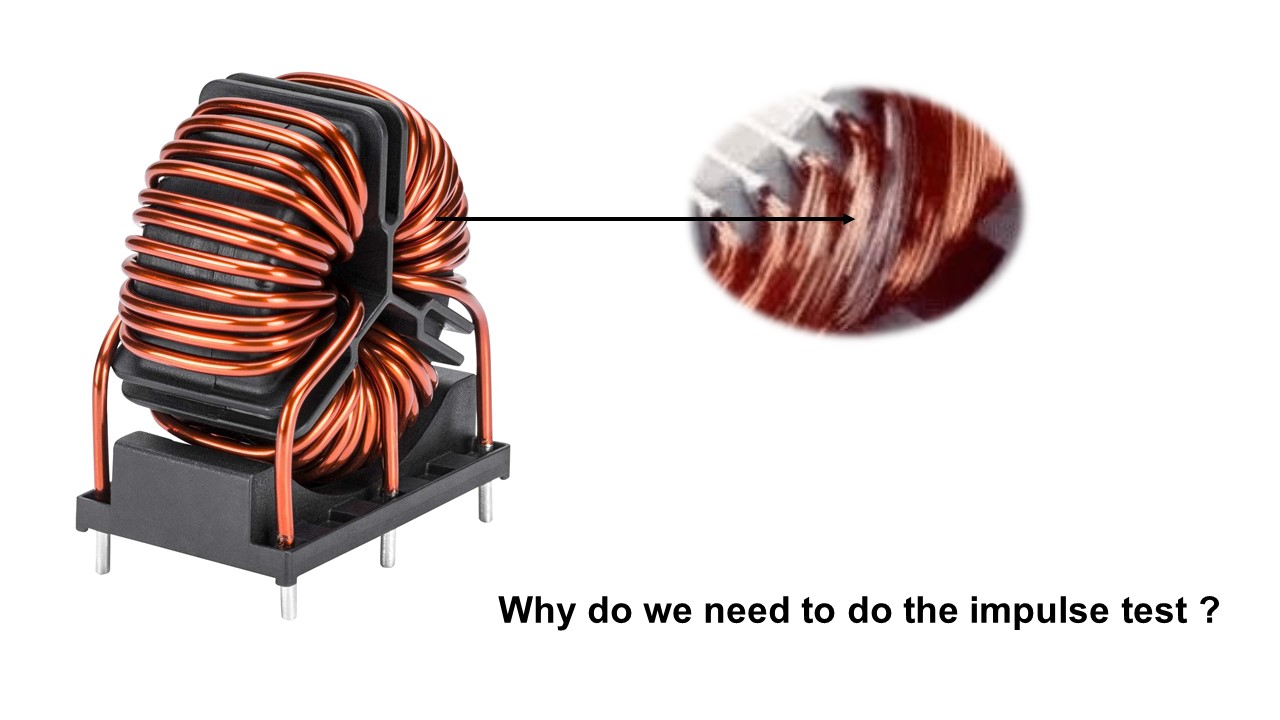
3-in-1 transformer testing system MICROTEST 626X+7605+7721 use the non-destructive testing technology:
- Charge the inner capacitor until the setting voltage level, and discharge on the coil of the transformer. During this process, capacitor and inductor will create a set of amplitude-decreasing waveforms, and the instrument will analyze the pulse.
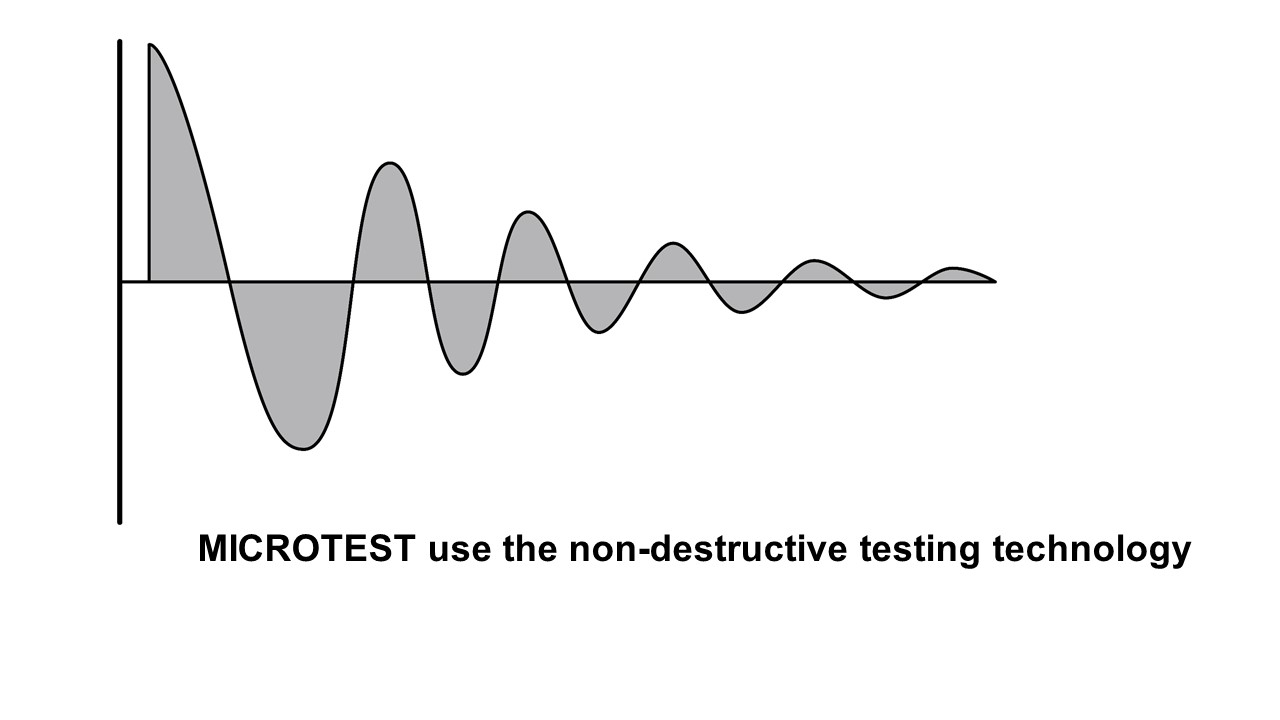
Safety certification testing items:
- AC Hipot
- DC Hipot
- Insulation Resistance
- Current Leakage.
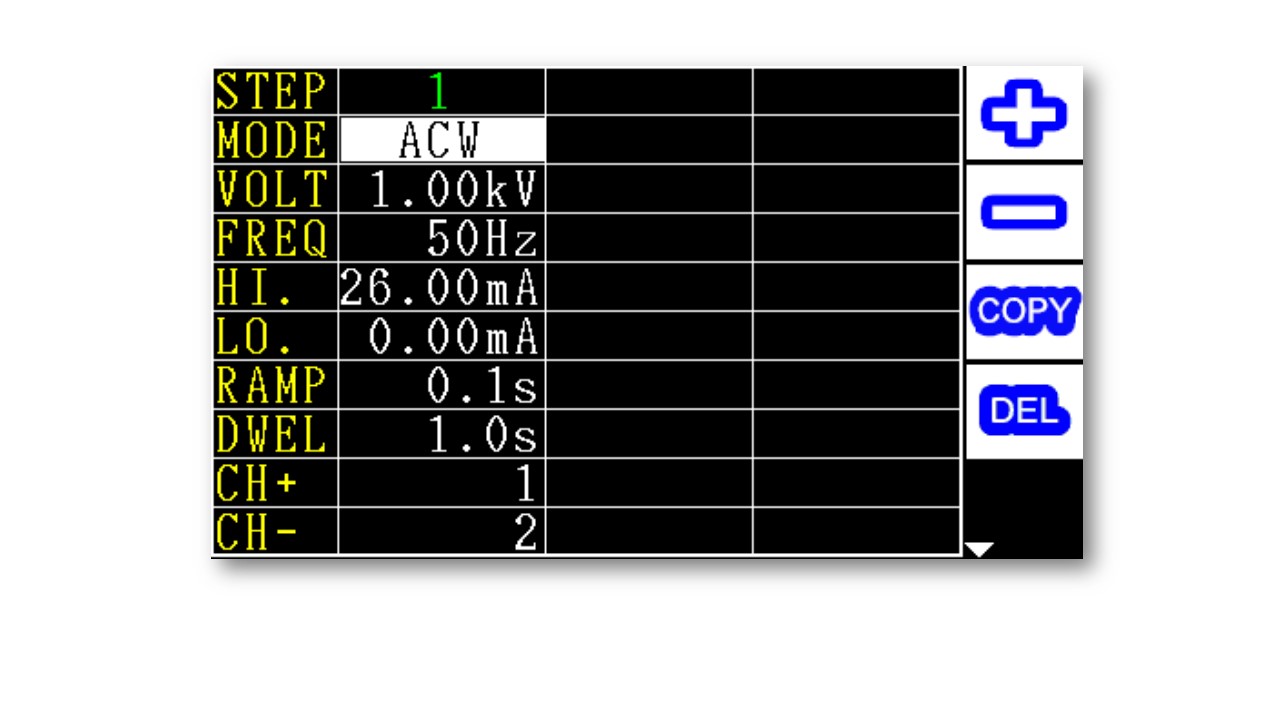
AC/DC withstanding voltage test:
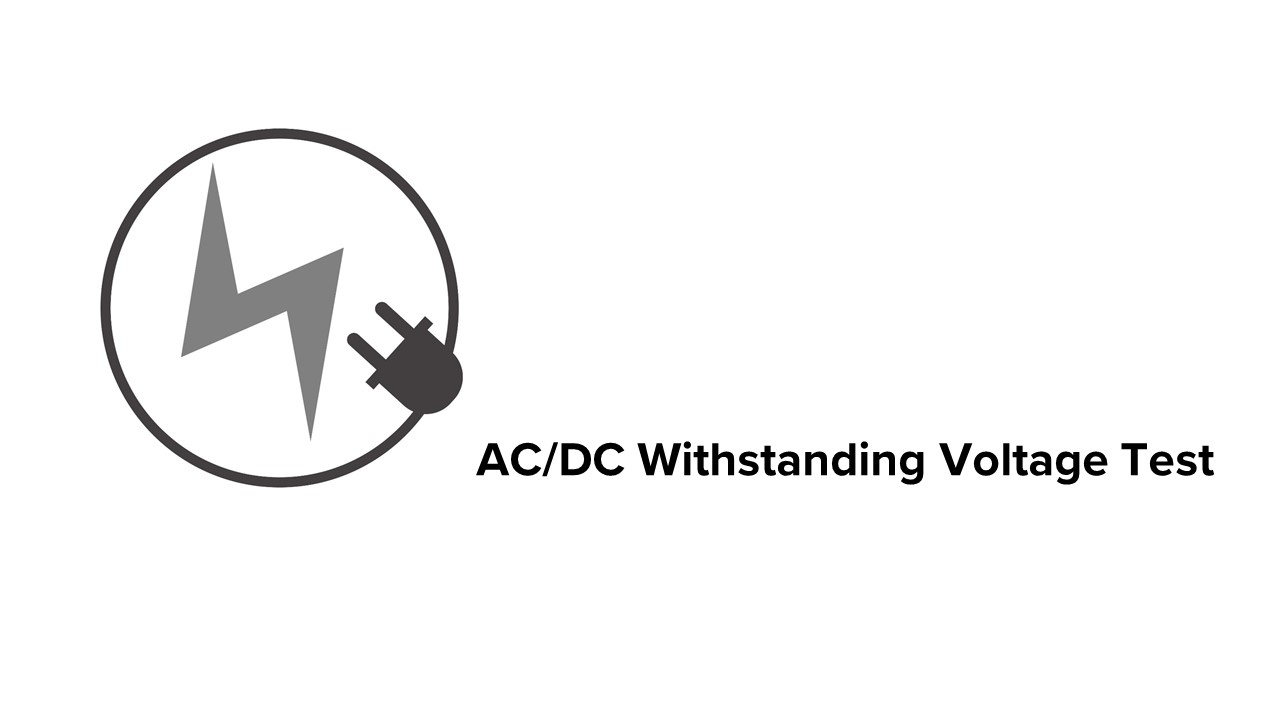
- Difference between AC and DC.
|
AC Hi pot Test |
HMost DUT have parasitic capacitance. With AC test, might not able to charge the parasitic capacitance. Therefore, this will create constantly current go through. |
|
DC Hi pot Test |
The parasitic capacitance will be charged under DC hi-pot test. Therefore, the current will reduce to almost 0. |
- Advantages for AC Test.
|
AC Hi pot Test |
AC test is same as our normal usage electricity. Also, AC is able to do positive and negative polarity test. |
|
DC Hi pot Test |
The parasitic capacitance on DUT has been charged under DC test, so the rest leakage current is the real current from DUT. |
- Disadvantage of AC/DC Hi-pot Test.
|
AC Hi pot Test |
If the DUT has huge parasitic capacitance, the current we detect will bigger then the actual current. |
|
DC Hi pot Test |
Testing Voltage has to increase from 0. |
Hi-pot test time:
The testing voltage is refer to the condition of DUT while doing Hi-pot test. If the voltage setting is too low, the insulation material defect might not be detected. If the voltage setting is too high and the testing time is too long, it may cause the permanent damage for the material.
Normally setting for the safety standard.
- Formula →Testing Voltage= DUT recommend voltage × 2+1000V
- EX : DUT standard :240V →Setting test voltage:1480V.
CCommon way to safe time for testing.
- Testing time for most products is 60s. If there are more than one test on one item, it will cost a lot of time. This will lower the efficiency og the product line.
- Therefore, the product line usually shorter the testing time to 1~2 sec. and higher 10%~20% testing voltage.
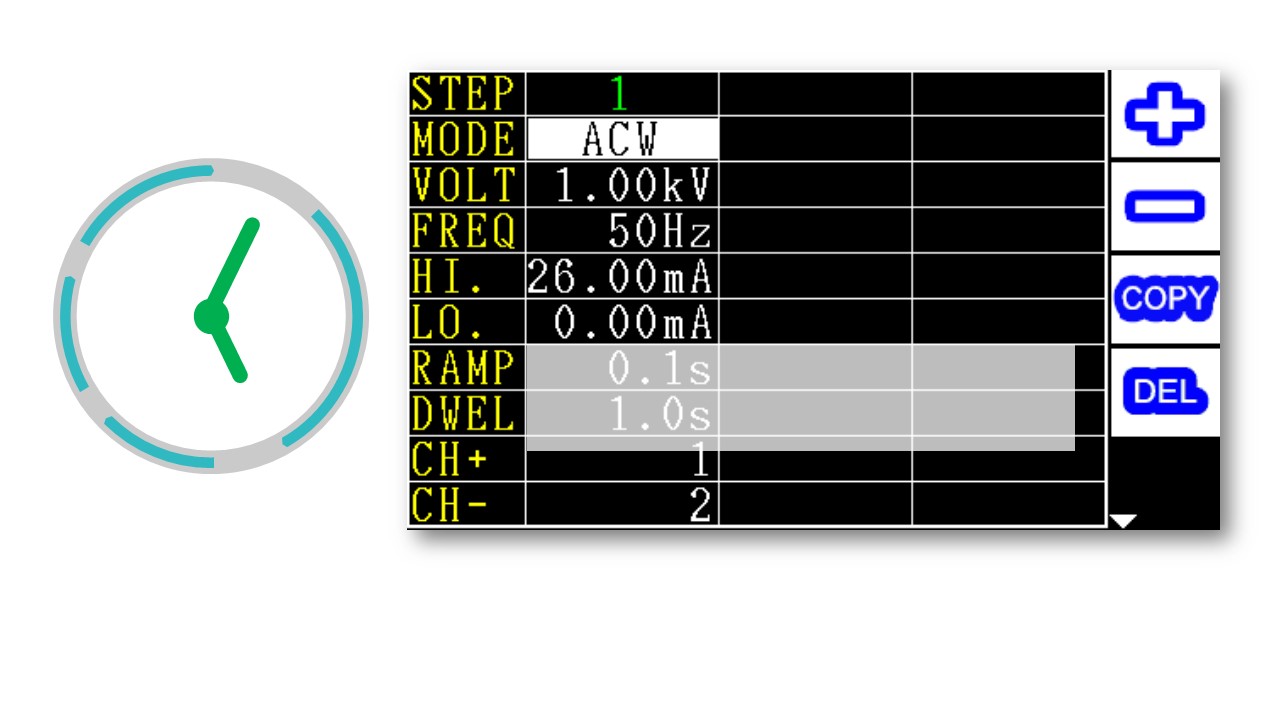
What is insulation resistance test:
- VDE and TUV safety standard request insulation resistance test for some specific product before hi-pot test. The reason is to make sure the insulation will not be damaged while doing hi-pot testing. Insulation resistance test is the key item to evaluate the material.
- Hi-pot test is judge by leakage current, but IR test is judge by resistance, and usually it’s higher than 1 MΩ. It tests the DUT’s resistance between both terminal.
Why do we need to do IR test:
- Confirm the performance of the structure of the insulation. The insulation structure should have higher insulation resistance rate by using better material.
- For the insulation material, the protection against electric shock of the switch must be guaranteed. Confirm the insulation structure can pass the reliability test(heat durability, insulation)
- The importance of insulation resistance. Before assemble the product, IQC has to do the IR test for every components, such as switches, transformers, resistors, capacitors, inductors, PCB, wire or cable to make sure the quality.
Leakage current test:
→Measuring Tiny AC Leakage Current
- DUT has tiny parasitic capacitance. This characteristic will create leakage current by resistance. Capacitor is a resistance component under AC voltage. This may cause the test result include the leakage current inside the instrument. If the DUT has low leakage current, we must consider capacitance , frequency, and the voltage we put.
Arc detection:
- The surface or interior of the insulation material might discharge under high voltage test. Because of the lost of insulation performance, DUT may have temporary of discontinuity discharge.
- Because that temporary discharge can’t be judge by leakage current, so Hi-pot tester will judge the defect product by the changing rate of testing voltage or leakage current.
- Arc test is a geometric not a constant test. Also, the detection will be affect by the wire’s impedance or capacitance between the detectors. The rate of change of the current will be affect in the Arc detection.
3-in-1 transformer testing system MICROTEST 626X+7605+7721 (Low Voltage+Safety+Impulse)
|
Model |
3-in-1 |
|||
|
Test Channel |
20 |
|||
|
Low Voltage Electrical Test |
||||
|
Model |
6265 |
6266 |
6267 |
|
|
Frequency |
10Hz-200kHz |
10Hz-500kHz |
10Hz-1MHz |
|
|
Frequency Resolution |
5 digits |
|||
|
Basic Accuracy |
±0.1% |
|||
|
AC Drive Level |
10mV-2Vrms |
|||
|
DC Drive Level |
10mV-2V |
|||
|
Output Impedance |
100Ω |
|||
|
Turn |
Inductance or Voltage |
|||
|
Test Mode |
Meter Mode / List Mode |
|||
|
Parameters Measurement |
Inductance (L)、Impedance (Z)、Capacitance (C)、Resistance (R)、Conductance (G)、Susceptance (B)、Admittance (Y)、Alternating Current Resistance (ACR)、Quality Factor (Q)、θ、Direct Current Resistance (DCR)、Leakage Inductance、Turn Ratio、Balance、Short Circuit |
|||
|
L, LK |
0.1nH ~ 9999.99H |
|||
|
C |
0.00001pF ~ 999.99mF |
|||
|
Q,D |
0.00001 ~ 99999 |
|||
|
Z,X,R |
0.00001Ω ~ 99.9999MΩ |
|||
|
Y |
0.01nS ~ 99.9999S |
|||
|
θ |
-180°~ +180° |
|||
|
DCR |
0.1mΩ ~ 99.999 MΩ |
|||
|
Turn |
0.1 ~ 99999.9 turns |
|||
|
Pin-Short |
12 pairs, between pin to pin |
|||
|
Hi pot/ Insulation Test |
||||
|
Items |
AC Hi pot |
DC Hi pot |
IR |
|
|
Output Voltage |
10V-5000V |
10V-6000V |
10V-1000V |
|
|
Voltage Resolution |
1V |
1V |
1V |
|
|
Voltage Accuracy |
– |
– |
– |
|
|
Test Range |
0.001-31mA |
0.001-11mA |
1-12000MΩ |
|
|
AC Arcing Detection |
0-20 |
0-10 |
– |
|
|
Measuring time |
0.1-999s |
|||
|
Ramp Time |
0.1-10s |
|||
|
Time Resolution |
0.1s |
|||
|
Impulse Test |
||||
|
Impulse Voltage |
200V-5000V |
|||
|
Area Comparison |
When layer short happened, the loss of power on coil increase, the resonance damping coefficient increase, resonance amplitude decrease, the total area decrease. These are the basic parameters we check layer short. |
|||
|
Area Differential |
Add up the difference between normal wave and DUT wave call “ Area differential”. |
|||
|
Waveform Comparison |
Set a acceptable wave range, if the DUT’s wave is in this range shows “pass” otherwise, “fail” |
|||
|
Corona |
In pulse test, the insulation defect will cause discharge and create corona. This function is able to count the times that corona happened base on the degree of deviation. |
|||
|
Flat |
If the layer short happened, the waveform will tremble. Therefore, the instrument will quantize and compared it. |
|||
System:
|
Model |
Transformer Tester |
Impulse Tester |
Hi pot Tester |
|
6265/6266/6267 |
7721 |
7605 |
|
|
Built-in stroage |
128 sets |
200 sets |
– |
|
Power Supply |
Voltage |
Voltage |
Voltage |
|
Frequency:47-63Hz |
Frequency:50/60Hz±5% |
Frequency:47-63Hz |
|
|
Power consumption |
600VA/set |
||
|
Dimension (W*H*D) |
344x145x343 mm (W*H*D) |
435x190x522 mm |
435x145x500 mm (W*H*D) |
|
Weight |
9 Kg |
14kg |
15kg |
|
Interface |
RS-232、Handler、LAN、USB Host、EXT. I/O |
RS-232、Remote、Printer |
RS-232、Remote、USB Host、USB Device、EXT.I/O |
|
Displa |
Color Screen, 7″ TFT (800*480) |
5.7″ TFT (320*240) |
Color Screen, 4.3″ TFT (480*272) |
No comments yet
SIGN UP FOR A CONSULTATION
Please fill in the form below and send your comments and questions to GMGA, we will respond to your email as soon as possible.

COMMIT
100% new product

COMMIT
100% refund if the product is of bad quality and not as promised

DELIVERY
Nationwide

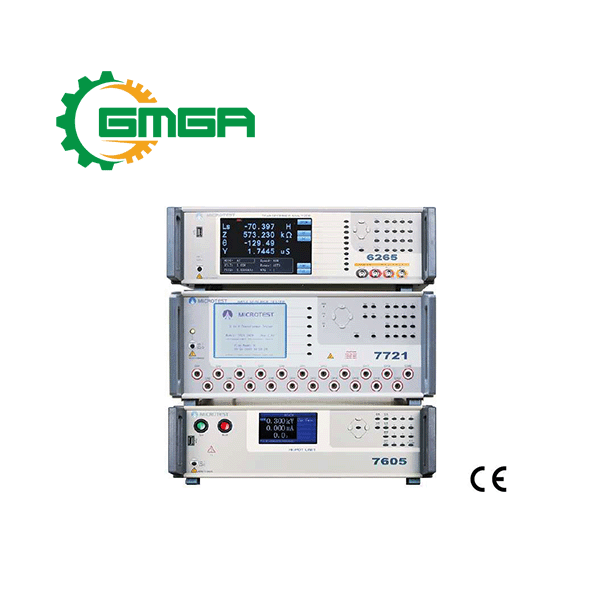

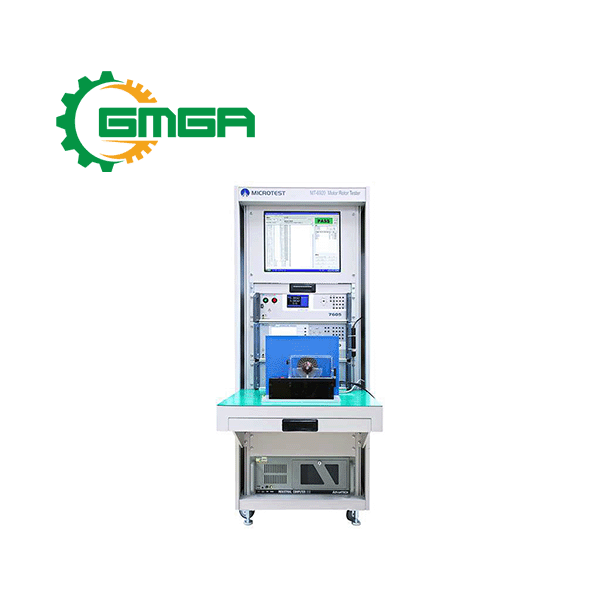
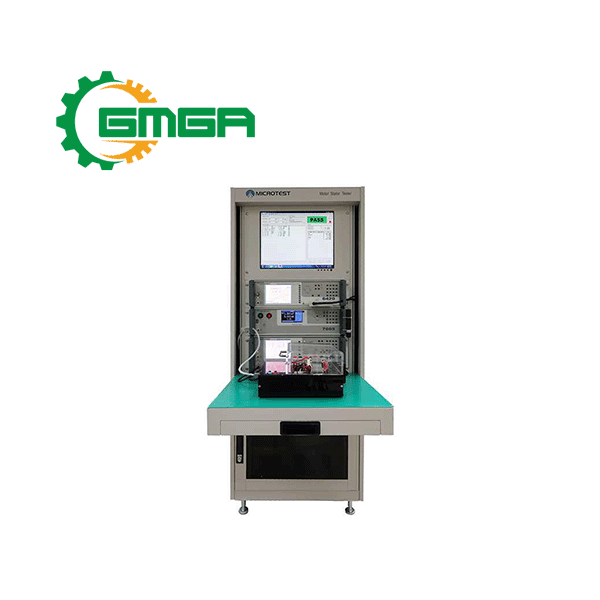
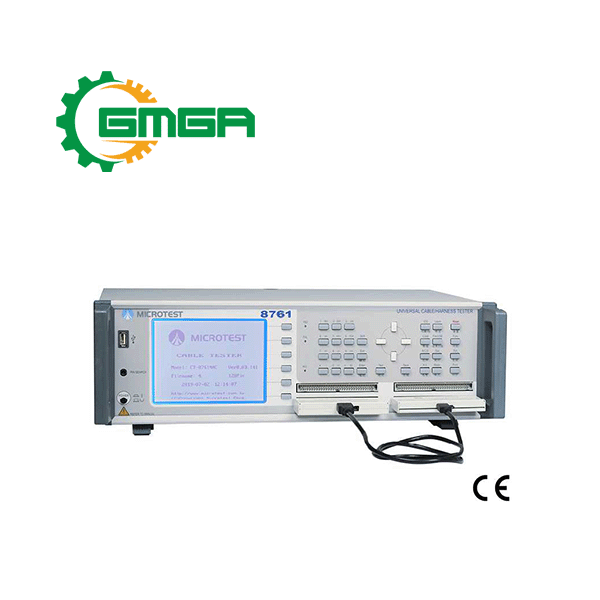
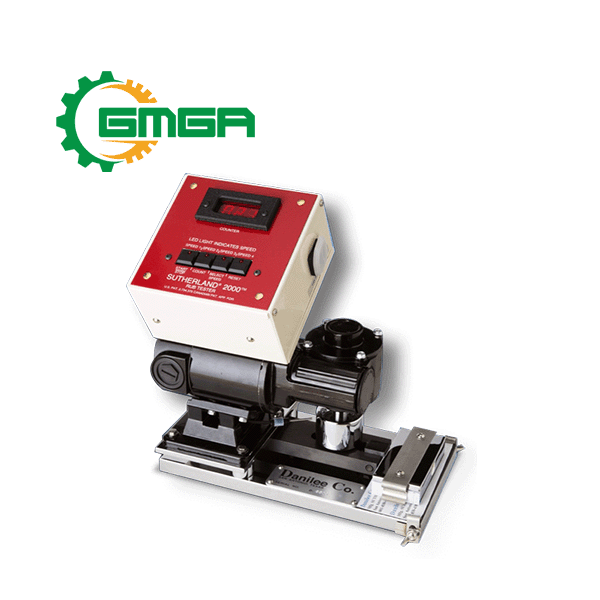
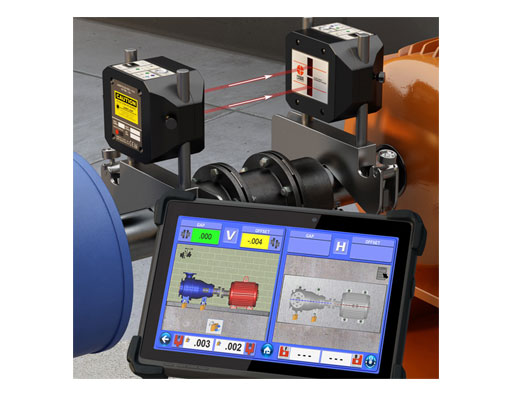
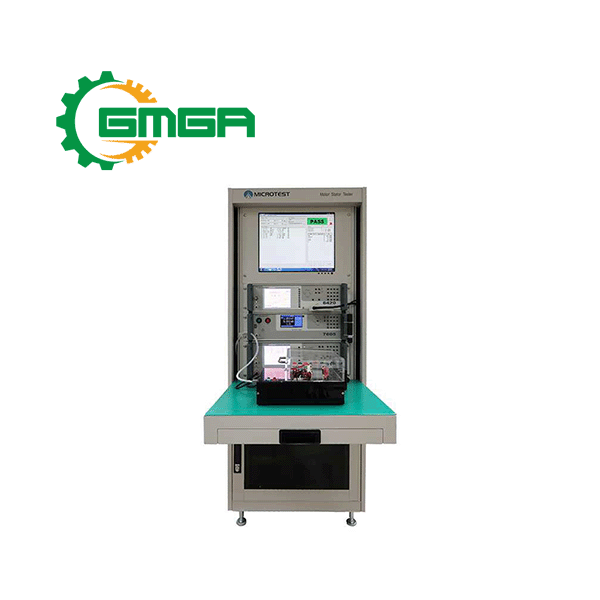
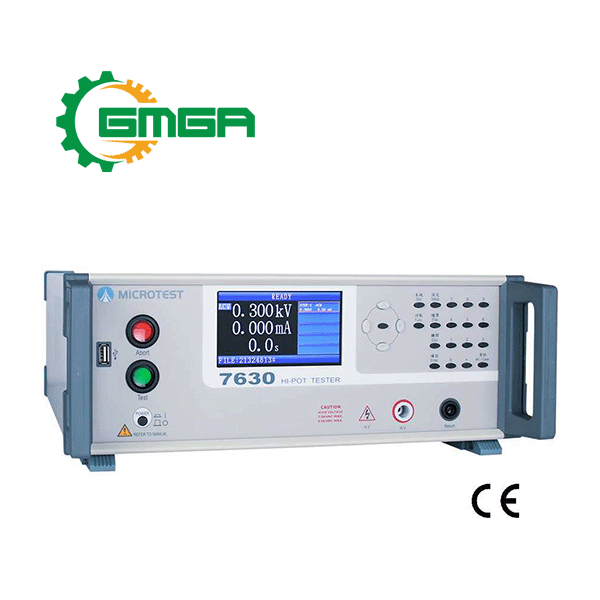
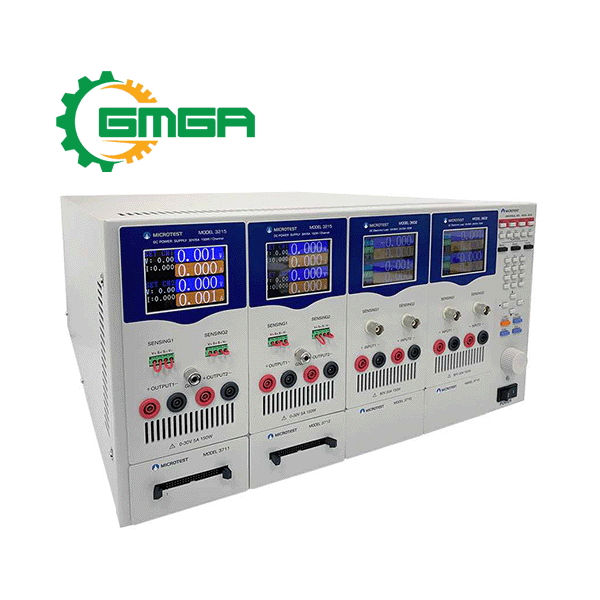
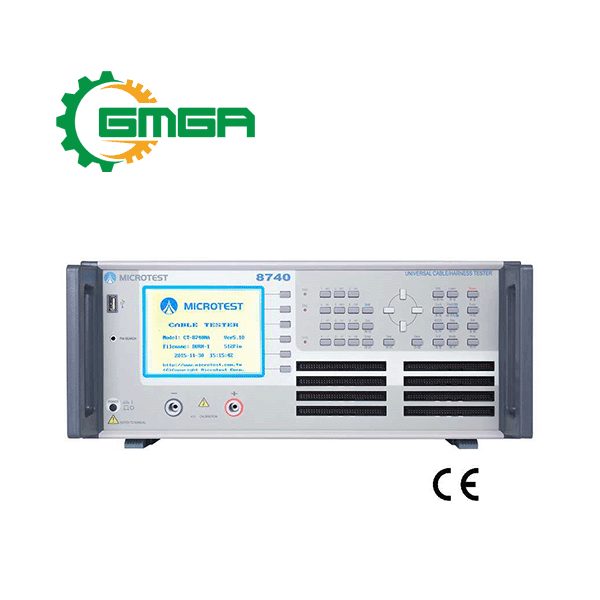
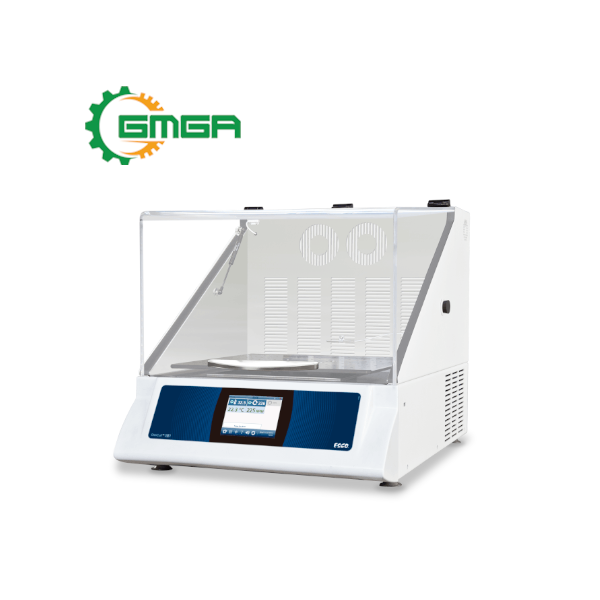
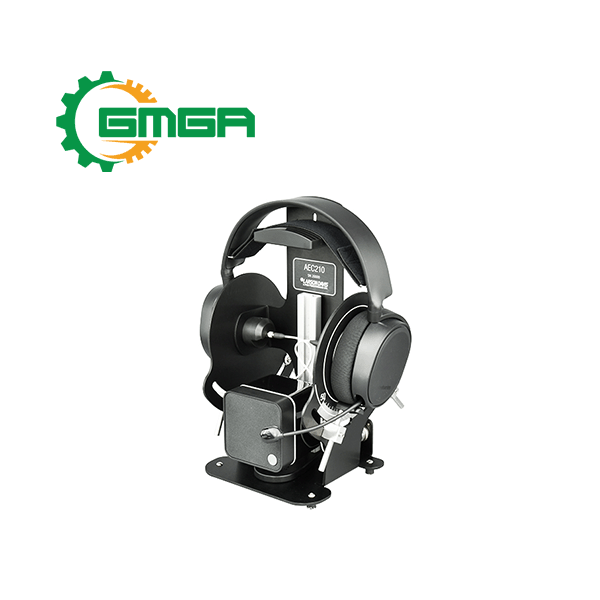
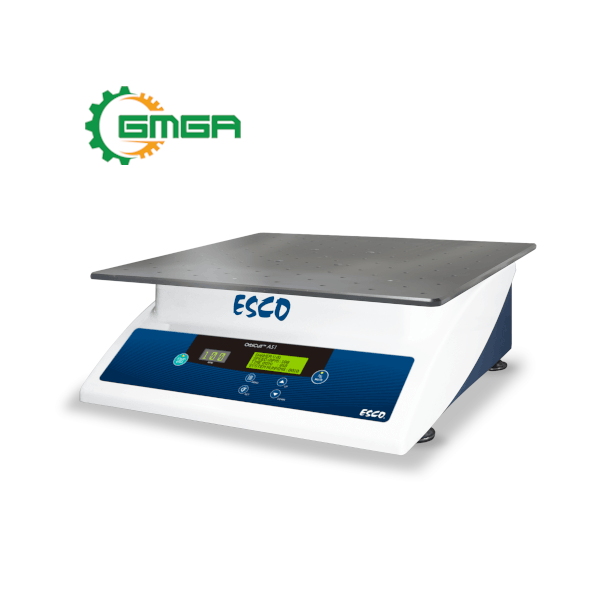
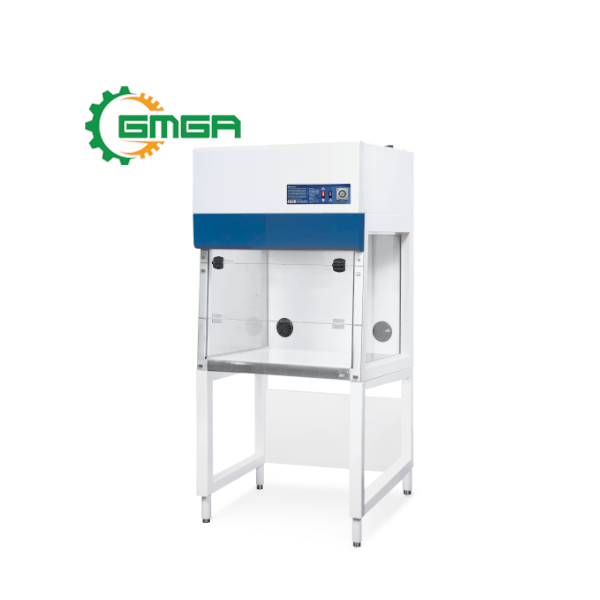
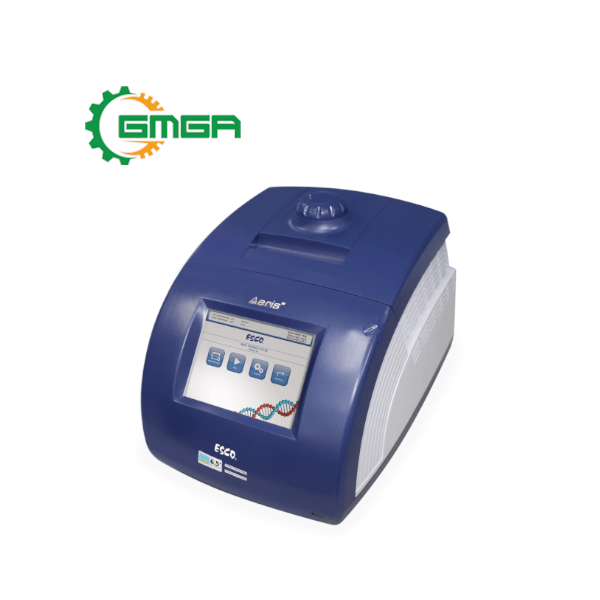
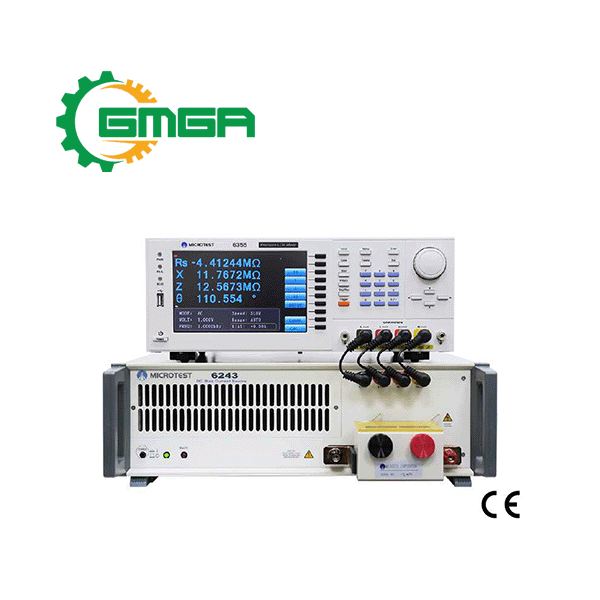
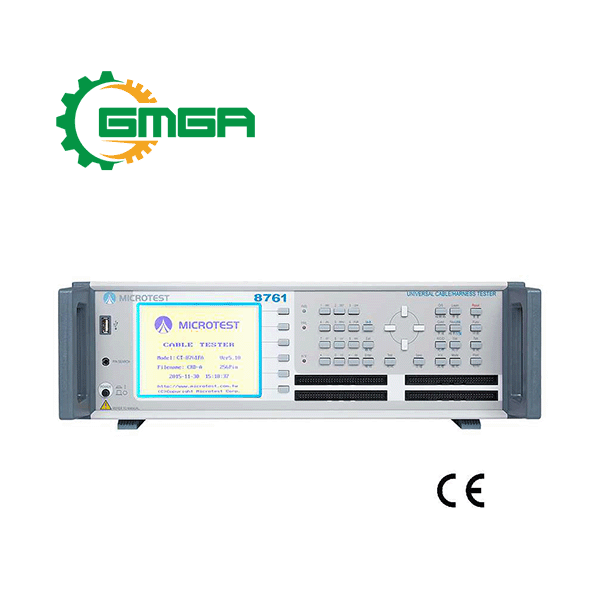
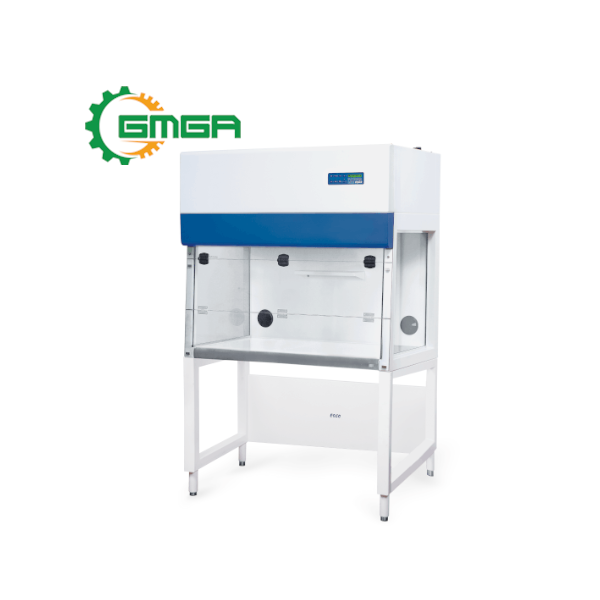
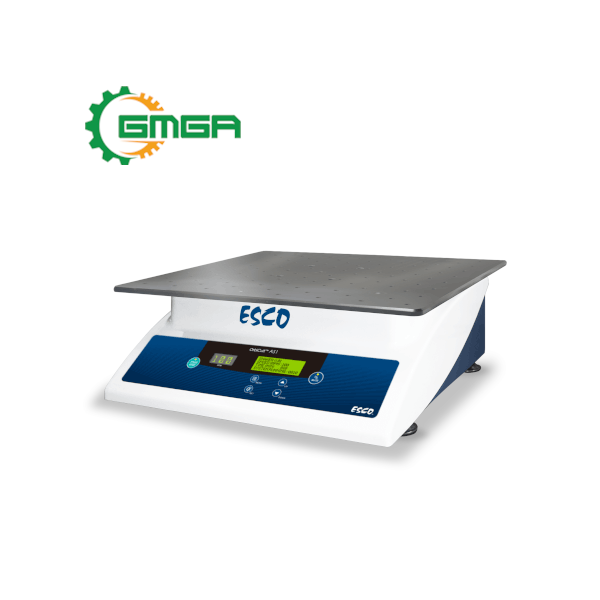
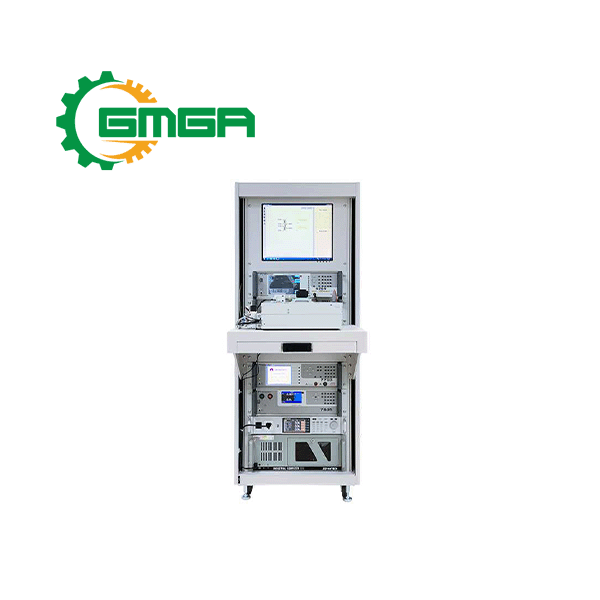
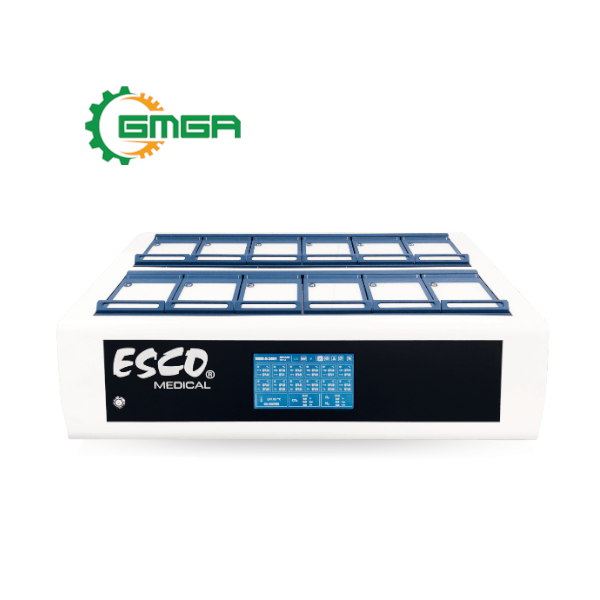

Review 3-in-1 transformer testing system MICROTEST 626X+7605+7721 (Low Voltage+Safety+Impulse)
There are no reviews yet.